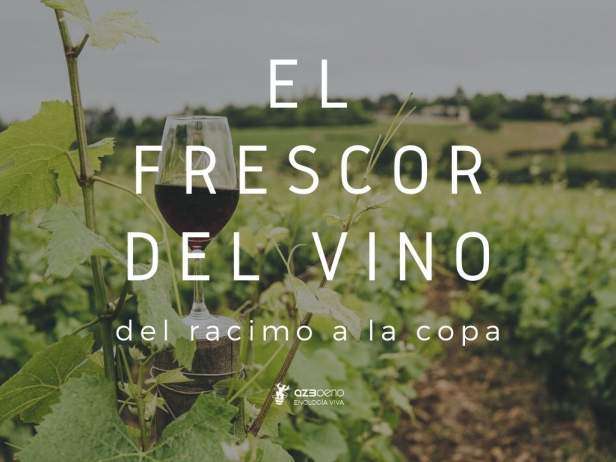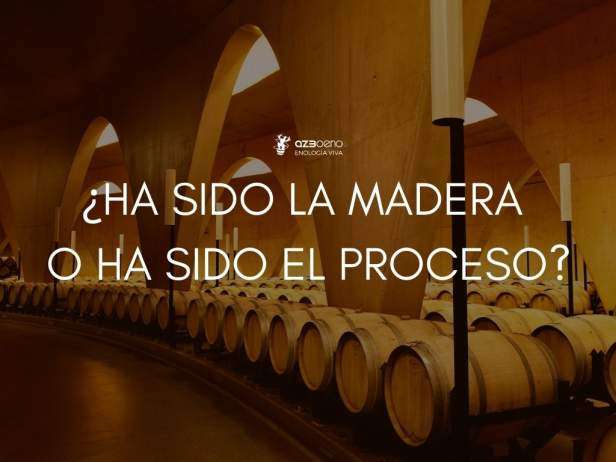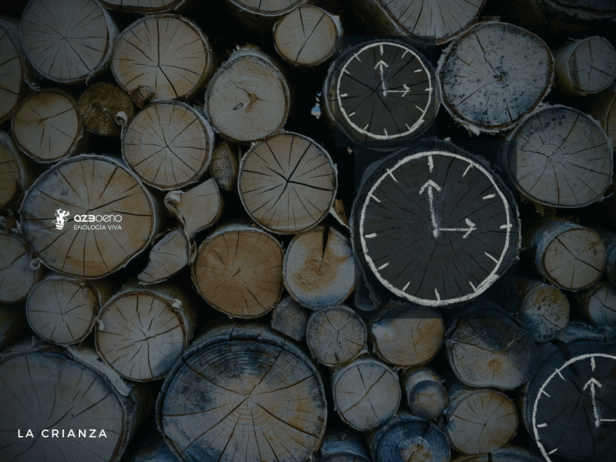
The winemaker is the artist who observes the vineyard, interprets it and imagines the wine that could be produced from this plot.
Then they begin to design the most appropriate process: manual or machine harvest, stemmed or destemmed, whole or crushed, manual or automated selection, cooling or heating the masses, pumping the grapes or filling by gravity, pumping over or pigage or both. And so they design the winery and decides on the most suitable machinery for each process.
But a machine can be a highly inefficient object without a brain that knows how to integrate it into its process and handle it according to the characteristics of each vintage. A technology without knowledge behind it that gives it meaning is a car without a driver, a boat that is never favored by the wind because it does not know where it is going. Machines are the arm of the winery, but not the brain.
It is undeniable that in a few years Artificial Intelligence will help us with many of the decisions, but in the immediate harvests decisions are still made by people, winemakers, managers, winery owners, engineers, owners who dream of the wines they want to make and adapt the processes in the winery with efficiency, profitability and sustainability, contemplated in a double field: financial and organoleptic.
The objective is not to equip the winery with the best machines, but with the most suitable ones to add value to the process that has been defined.
- The first link THE POTENTIAL OF THE GRAPE.
A precise agroenology based on measurement and interpretation will help us make fundamental decisions to improve the efficiency and profitability of the vineyard according to needs: freshness, maturity, intensity, concentration, production, etc.
To achieve this, it is essential to choose the moment and the optimal plot in which to harvest. Not before or after but at the right time, without losing a drop of its potential. DYOSTEM
- The second link: THE DELICATE TRANSPORTATION.
The physical integrity of the fruit is essential in quality winemaking, the viticulturist's efforts to cultivate an irreproachable harvest are useless if the grapes arrive at the winery damaged by the action of inappropriate means. The oxydation of aromatic precursors, the development of contaminant microbiota and the cleaning water used can be minimized with careful transport. STHIK
- The third link: the receipt of the grapes and the extraction of the must.
Vegetable characteristics, bitterness, oxidability of wines are common problems to be solved in wineries, the solutions are knowing the composition of the grape: What proportion of stalk, of skins and must, how many polyphenols and hydroxycinnamic acids, what type of precursors and how do we extract them, how much nitrogen and how much malic do we have, etc?
And so understand the grape profiles and define the levels of demand to efficiently carry out each operation and the right machine to carry them out:
Is grape selection necessary? What must be removed: altered grapes, raisins, plant material, etc.?
Does the wine profile require pressing whole grapes or does it support destemming? Does it require inertization or Controlled Oxidation of the must?
How clean is the must?
Vinification with or without stalk? What% or what level of demand in destemming?
Macerate whole or crushed berries? Cold or hot?
The answers to these questions are the key to defining the best solution from among those offered by our partners SOCMA, EUROPRESS, ZICKLER, AP3M.
- The fourth link: THE MIRACLE OF FERMENTATION
The first fermentation revolution came from Pasteur and the knowledge of yeasts, the second with the arrival of active dry yeast and controlled fermentation, the third was directed towards the multiplication of yeasts in the winery. Either to reduce costs by multiplying LSA or to enhance uniqueness by selecting and multiplying native yeasts. ECOLYS or MILLESIME provided microbiologocal safety adapted to each profile.
- The fifth link: the aging of the wine.
Concrete, What is our wine’s reactivity to oxygen, how much oxygen does our wine need beforectaking it to market, what wine profile do we want to produce. Managing and controlling dissolved oxygen levels, the work of the stirrers in the aging of wines……. MICROOCYGENATION-STIRRERS
- And finally, the use of water
A scarce resource that is essential in vitiviniculture. Water is necessary for the development of the vine, and also for cleaning equipment and surfaces.
Today, 50% of the quality of a machine is in the ease of cleaning and saving water for this operation, and should be an important factor in the implementation decision.
Our specialists will guide you in the adoption of the appropriate solution: DYOSTEM, STHICK HOPPERS, SELECTION TABLE, ELEVATOR BELT, THE CUBE, SCHARFENBERGER DESTEMMER, ZCKLER PUMP, EUROPRESS PNEUMATIC PRESS, CRUSHER, VINICLEAN, CILYO, MACROOXYGENATION, MOX, STIRRERS, PMH PUMP
Related news
THE FRESHNESS OF THE WINE, from the bunch to the glass
The fashion for fresh wines has ceased to be fashion to become a trend; more and more consumers are looking for elegance, length and freshness above all.
Was it the wood or the process?
Today, we are thinking about one of the most important stages of production: the aging of the wine.
How can you save money and preserve the fruit?
NURTURE, produce, feed and educate a living entity until its full development.


